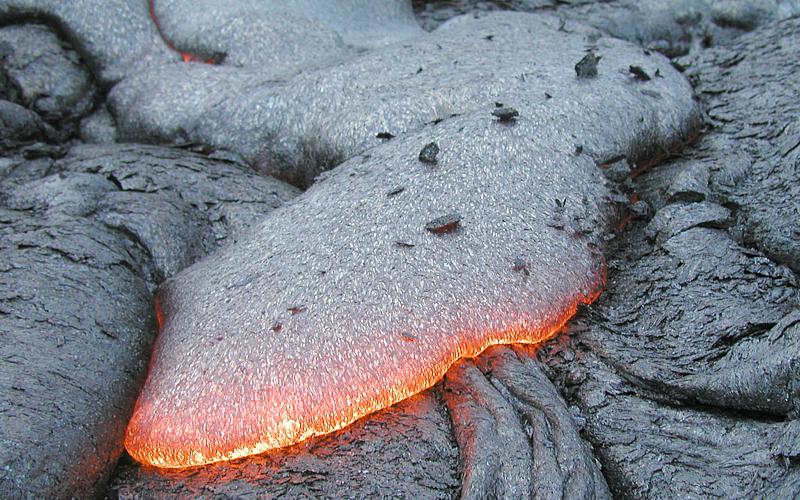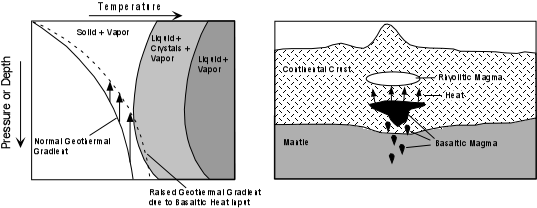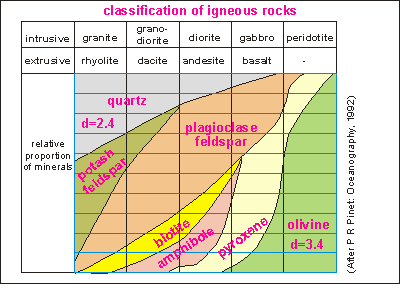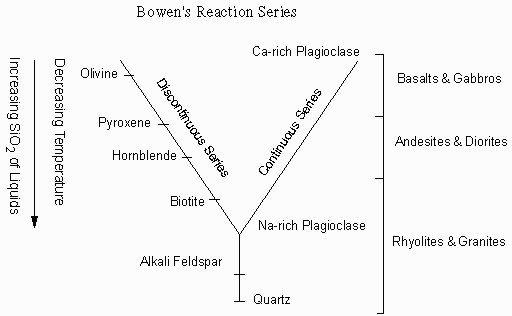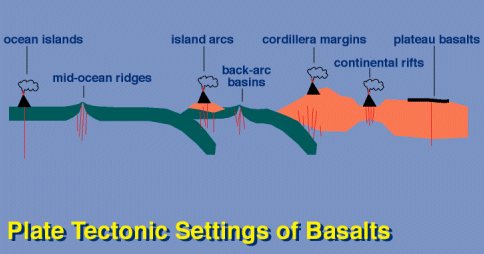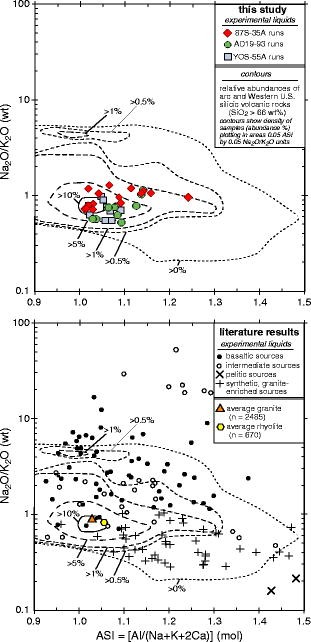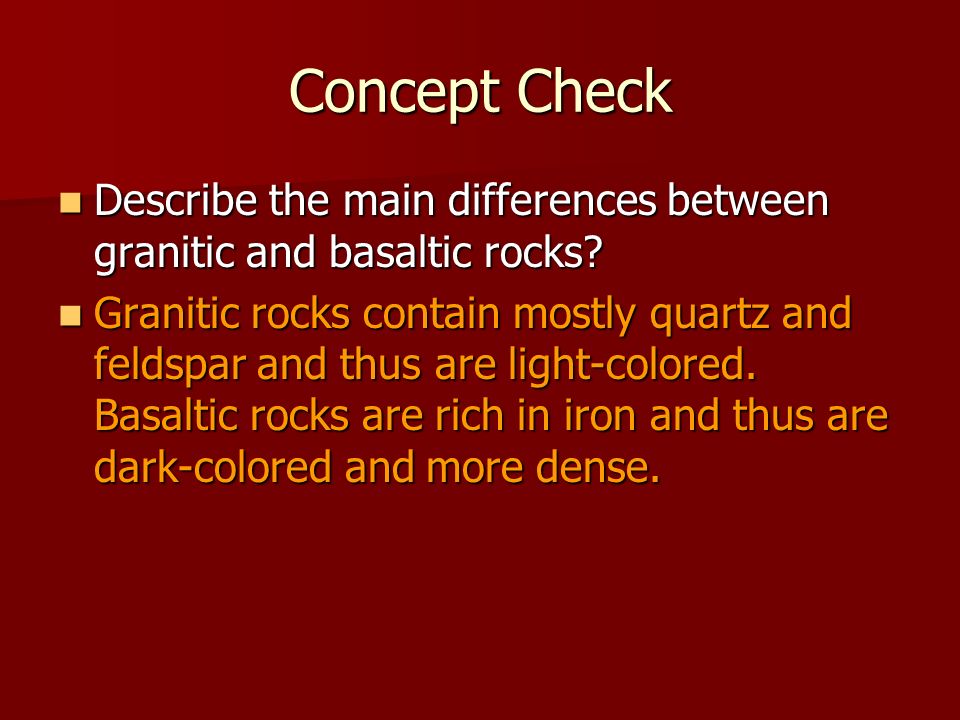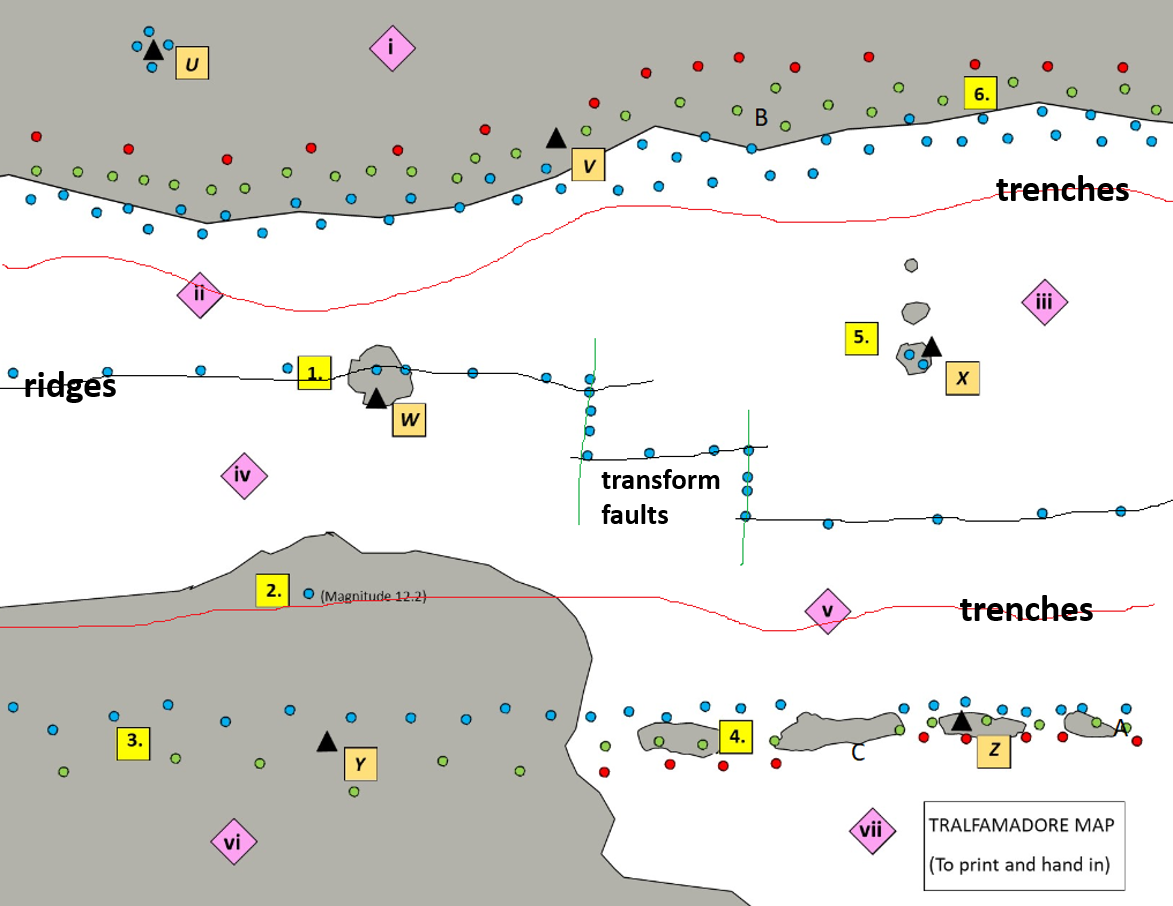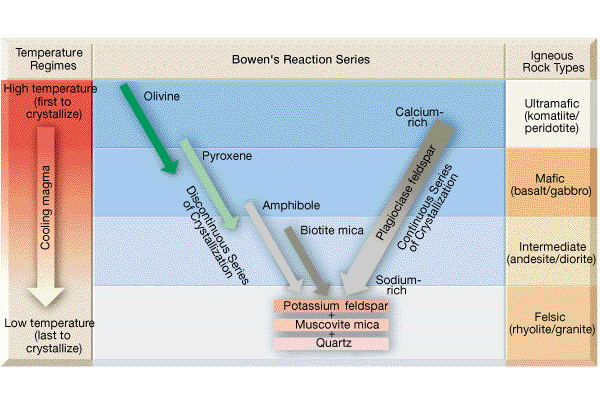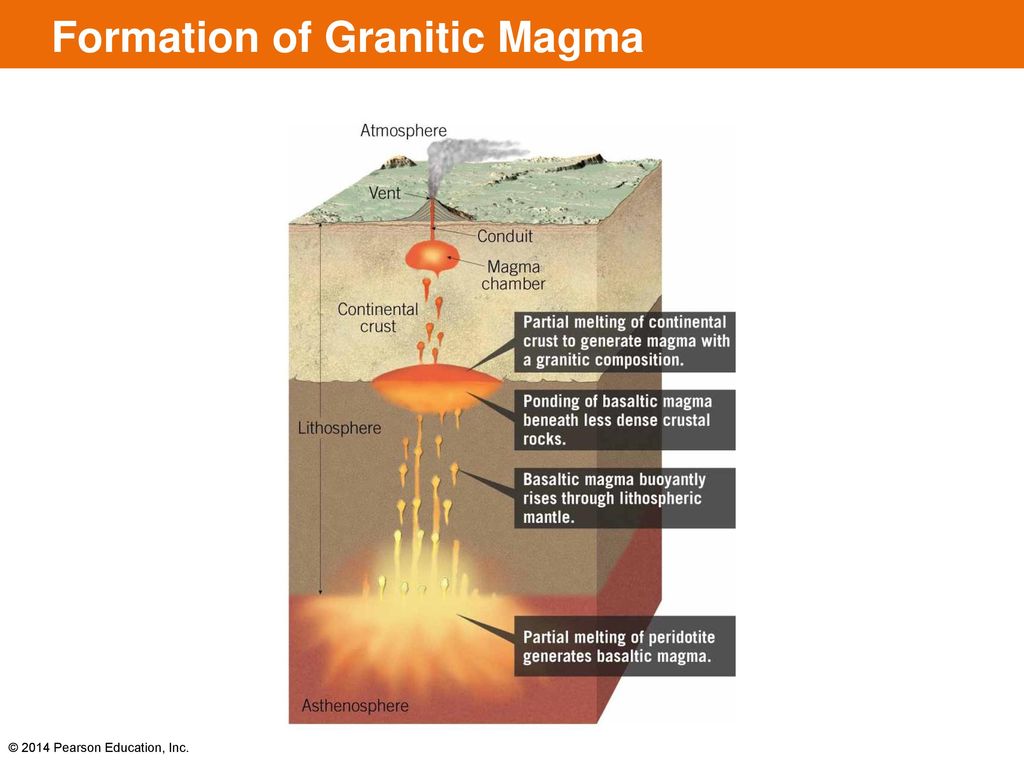Granitic or rhyolitic magmas and andesitic magmas are generated at convergent plate boundaries where the oceanic lithosphere the outer layer of earth composed of the crust and upper mantle is subducted so that its edge is positioned below the edge of the continental plate or.
Basaltic and granitic magma differences.
Andesitic lava is an example of a high viscosity lava whereas balastic lava has a low.
Basalt is volcanic or extrusive forming at the surface while granite is plutonic or intrusive forming beneath the surface.
Those who do not know extrusive rocks are those formed of lava coming out of volcanoes whereas rocks formed of magma that has yet not come out of the volcano are termed as intrusive rocks.
The key difference between basalt and granite is that basalt is mostly occurring on ocean floors while granite is in the crust of the earth in all continents.
Differences between basalt and granite although there are some similarities between basalt and granite there are also significant differences between these two rock types.
Basaltic magma is acidic fluid rich in iron and magnesium but poor in silica.
Granitic magma is basic viscous a high melting.
Other articles where granitic magma is discussed.
Basaltic magma contains between 45 and 55 percent silicon dioxide and is high in magnesium iron and calcium while granitic magma contains between 65 and 75 percent silicon dioxide and only small amounts of those minerals.
One major difference between basaltic and granitic magma is their specific mineral contents.
First of all you should know the difference between lava and magma magma and lava are both molten liquid rock but magma is moltenrock produced underneath earth surface while it magma erupts on the surface of earth it is called lava.
What are the differences between basaltic and andesitic lava.
Basalt is an extrusive igneous rock whereas granite is an intrusive ingenuous rock.
Earth contains three kinds of rocks namely igneous rocks sedimentary rocks and metamorphic rocks basalt and granite are two types of igneous rocks.
Granitic magma is basic viscous a high melting point with a high percentage of silica.
Basaltic magma is acidic fluid rich in iron and magnesium but poor in silica.
